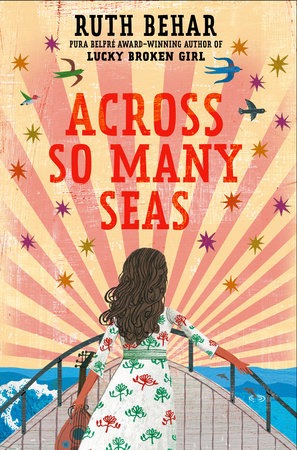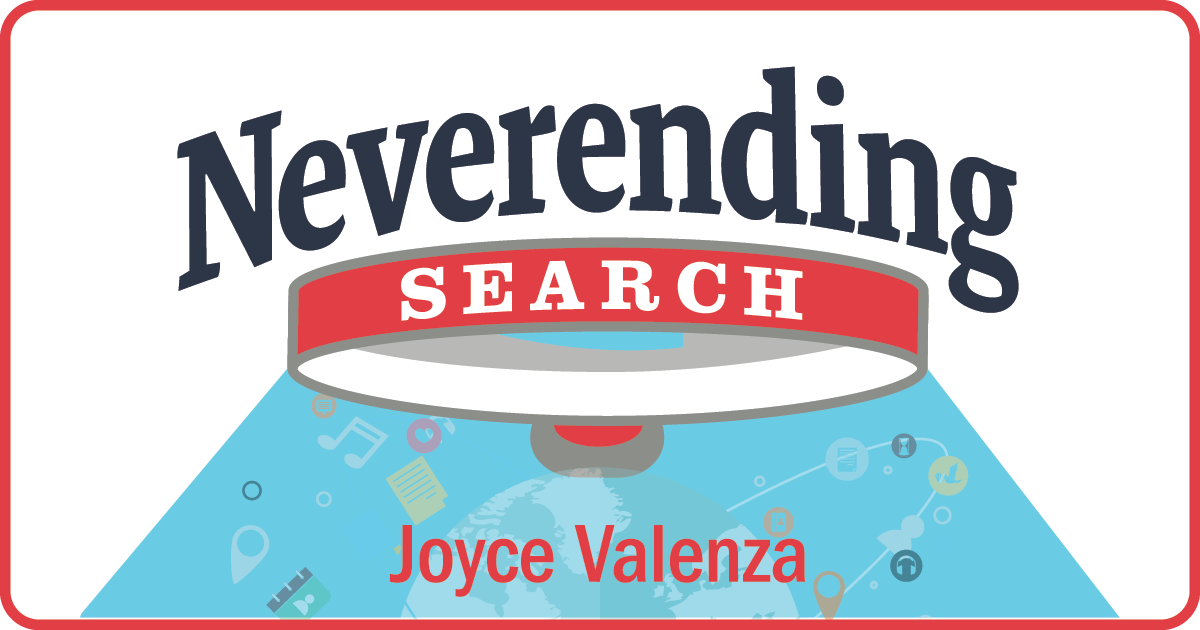
The Yarn
SCROLL DOWN TO READ POSTS
June 4, 2019 by Joyce Valenza
I’ve never been a fan of evaluation checklists. They require serious cognitive lift, perhaps more lift than some content actually deserves. I am a big fan of what Mike Caufield calls moves, some sticky strategies we can all use to get closer to the truth. Caufield, of Washington State University Vancouver, leads the Digital Polarization […]
January 17, 2019 by Joyce Valenza
On behalf of my library/educator colleagues, thank you, John Green. Thank you, John, for offering us a new tool in introducing media literacy and credibility awareness with our learning communities. Thank you for lending your honest voice and passion to this mission. John recently introduced a new 10-episode Crash Course series, Navigating Digital Information, developed […]
February 8, 2018 by Joyce Valenza
Recently, I was honored to be invited to speak at the 21CLHK Conference in Hong Kong. One of my archived talks addressed the Noah principle–why predicting rain doesn’t count, and why building arks does–as it relates to the credibility crisis or the challenges of container collapse. I see so many opportunities for us to take […]
ADVERTISEMENT
March 10, 2017 by Joyce Valenza
We’re focusing a lot of attention these days of helping students determine credibility. For many of us, this is not a hot new topic. I dug around a bit and dusted off a couple of tools that, I think, stand the test of time. You are welcome to make copies and retool them for you […]
November 26, 2016 by Joyce Valenza
We were guaranteed a free press, We were not guaranteed a neutral or a true press. We can celebrate the journalistic freedom to publish without interference from the state. We can also celebrate our freedom to share multiple stories through multiple lenses. But it has always been up to the reader or viewer to make […]
October 2, 2015 by Joyce Valenza
If you read this blog at all, you know I am a fan of Katherine Schulten’s posts for the New York Times Learning Network. This morning she outdid herself with a round-up of resources entitled: Skills and Strategies|Fake News vs. Real News: Determining the Reliability of Sources, in honor of News Engagement Day, coming up […]
June 1, 2013 by Joyce Valenza
A Guide to Citing Images, a new infographic from our friends at NoodleTools, offers a MLA-aligned flow chart to guide researchers through a variety of image citation situations. But it is not just about image documentation. It asks learners to ask themselves a few important questions before using and documenting images that were born digital. […]
ADVERTISEMENT
ADVERTISEMENT

